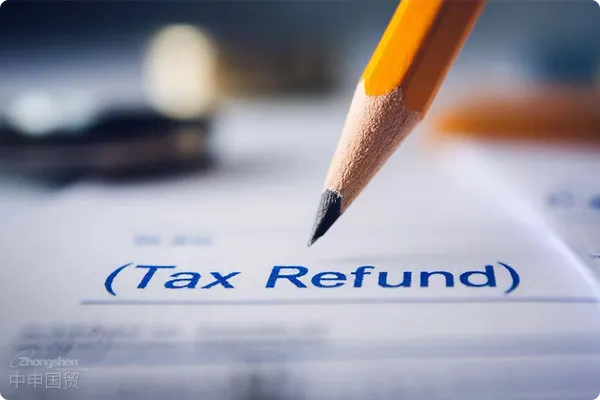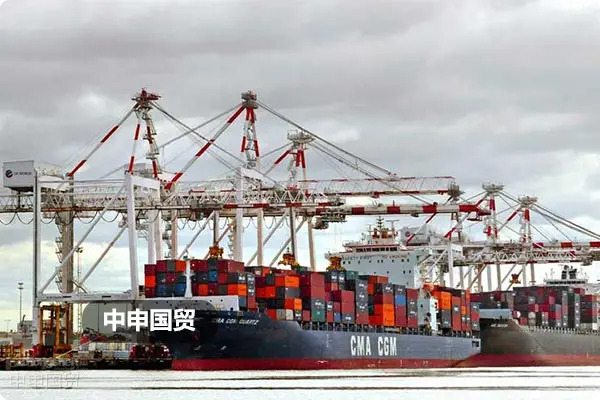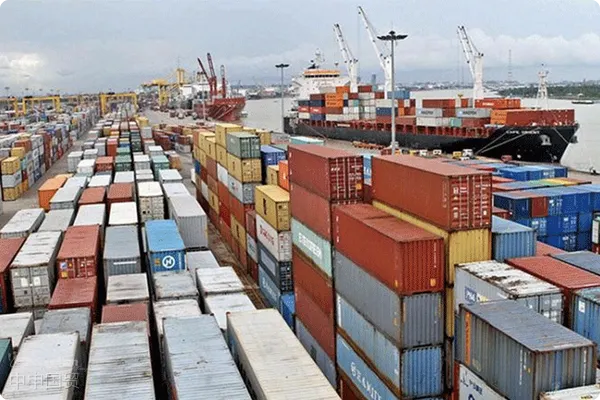- Shanghai Zhongshen International Trade Co., Ltd. - Two decades of trade agency expertise.
- Service Hotline: 139 1787 2118
Export DrawbackNot only is it an important way for enterprises to optimize costs and accelerate capital recovery, but it is also a highly compliance-driven financial and tax process.Document mismatches, policy adjustments, authenticity verification, declaration errorsand other issues may lead totax refund delays, tax audits, or even fines, severely affecting the enterprises cash flow. So, what are the key risks in export tax refunds? How to choose professional agency services to optimize tax refund management?

I. Analysis of Four Core Risk Points in Export Tax Refund Declarations
Documentation Compliance Risks
- Inconsistent document information (customs declaration forms, VAT invoices,A complete export agency agreement should be attached with:discrepancies in product names/quantities/amounts on certificates)
- Insufficient matching of Four Documents and Two Invoices (Customs declaration, bill of lading, contract, foreign exchange receipt with VAT invoice, input invoice)
- Misclassification of sensitive goods (HS code misjudgment leading to deviation in tax rebate ratio)
Policy timeliness risks
- Risk of overdue declaration (Declaration deadline by April of the following year after goods export)
- Policy adjustment window period (Transitional operations before and after tax rebate rate adjustments)
- Foreign exchange verification timeliness (Compliance control of 90-day/365-day foreign exchange receipt policies)
Authenticity verification risks
- Inconsistency in three flows: goods flow, capital flow, and document flow
- Abnormal input invoices (Tax blacklisted enterprises involving false issuance, absconding, disconnection, etc.)
- Reasonableness of related-party transaction pricing (Tax audits triggered by transfer pricing)
Operational technical risks
- Cross-customs zone declaration coordination obstacles (Document dispersion caused by multi-location customs declarations)
- Misapplication of tax rebate (exemption) calculation methods (Difference between production enterprise exemption-credit-refund andforeign tradeenterprise exemption-refund)
- Electronic port data delays (Customs data transmission lag affecting declaration progress)
II. Risk avoidance value matrix of professional agency services
Document pre-review system
- Establish a three-tier review mechanism: Initial review by business department → Secondary review by risk control specialist → Final review by tax consultant
- Develop intelligent verification system: Automatically compare 12 key data points including customs declarations, invoices, exchange rates, etc.
- Historical issue database: 3,000+ case database supporting risk warnings (e.g., common error list for textile classification)
Dynamic policy adaptation
- Weekly tax policy interpretation meetings (Covering 68 key export countries)
- Tax rebate rate change early warning system (Predicting adjustment possibilities 3 months in advance)
- Emergency declaration channel (48-hour rapid response mechanism during policy transition periods)
Process optimization solutions
- Declaration cycle compression technology: Reduced from traditional 45 days to 22 working days
- Country-specific declaration strategies (Differentiated solutions for regions like EU, ASEAN, Latin America, etc.)
- Foreign exchange anomaly handling solutions (Application of financial instruments like forward exchange locking, commercial acceptance, etc.)
III. Evaluation model for selecting high-quality agency service providers
Three-dimensional qualification verification
- Official Filing: Verification of Authorization to Issue Export Agency Certificates
- System Integration: Capability for Direct Data Connection with Electronic Port/Single Window
- Professional Certification: Proof of Employment for at Least 5 Registered Tax Agents
Six Key Elements of Service Capability
- Declaration Success Rate ≥98% (Submission of Declaration Details for the Past 2 Years Required)
- Exception Handling Response Time <4 Hours
- Tax Audit Accompaniment Service
- Cross-Border Payment Compliance Solutions
- Policy Training Frequency (Premium Agencies Should Provide Quarterly Training)
- Data Confidentiality System (ISO27001 Certification Preferred)
Risk Sharing Mechanism
- Advance Compensation Clause for Declaration Errors
- Late Refund Compensation Plan (Assumption of Late Fees Due to Agency Negligence)
- Legal Advisor Collaboration Mechanism (Handling Capability for Major Dispute Cases)
IV. Enterprise Risk Self-Checklist (10 Core Indicators)
- Whether a Document Retention and Traceability System is Established (Retention Period ≥10 Years)
- Whether the Description Match Rate Between Customs Declarations and VAT Invoices is 100%
- Whether the Deviation Between Received Payment Amount and Declared Amount is <5%
- Whether Supplier Tax Credit Ratings are Verified Quarterly
- Whether a Cross-Department Data Verification Process is Established
- Whether a Policy Monitoring Specialist is Assigned
- Whether Complete Logistics Tracking Evidence Chain is Retained
- Whether Regular Export Tax Refund Calculation Calibration is Conducted
- Whether a Contingency Plan for Sudden Policy Changes is Developed
- Whether a KPI Evaluation System for Agency Service Providers is Established
Export tax refund is a highly specialized business involvingmulti-department coordination among customs, taxation, foreign exchange, etc.. Enterprises that can plan ahead indocument management, policy monitoring, and declaration process optimizationcan effectively avoid tax refund risks and improve capital recovery efficiency.
Related Recommendations
? 2025. All Rights Reserved. Shanghai ICP No. 2023007705-2  PSB Record: Shanghai No.31011502009912
PSB Record: Shanghai No.31011502009912










